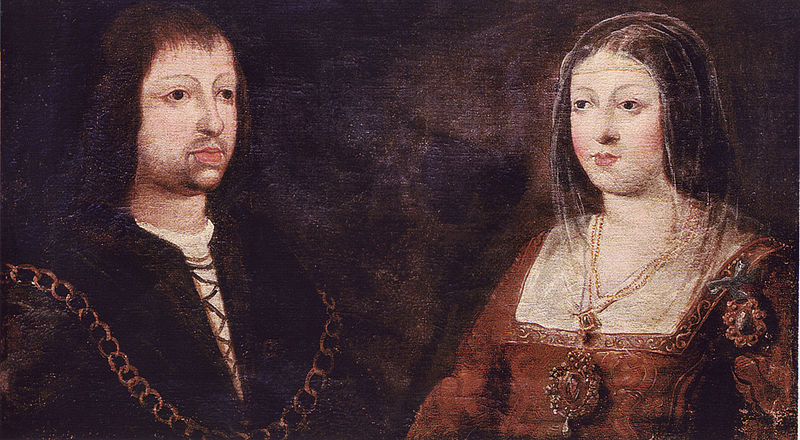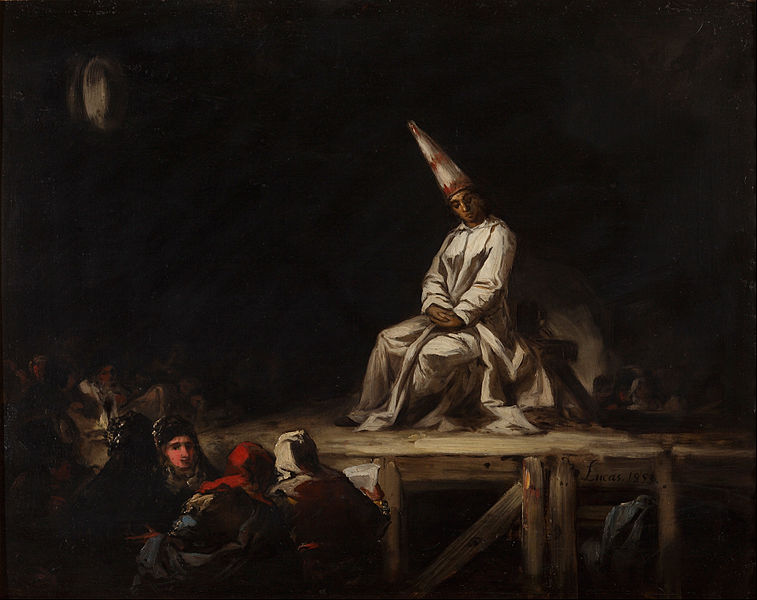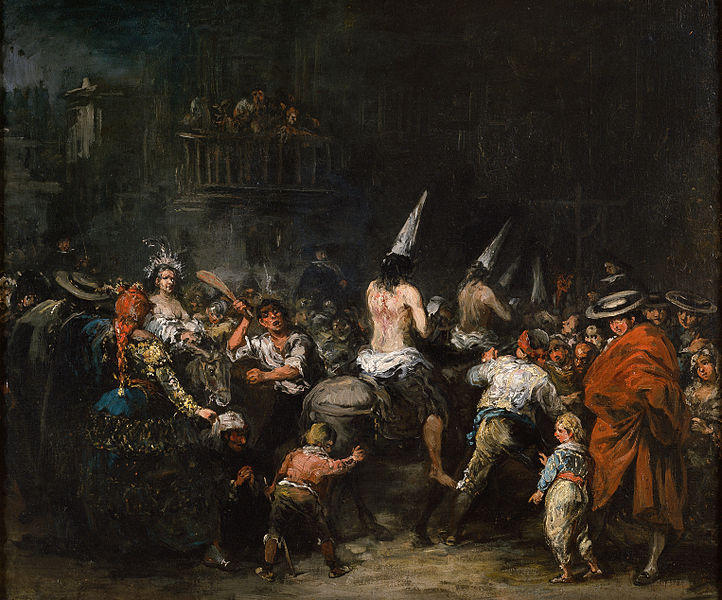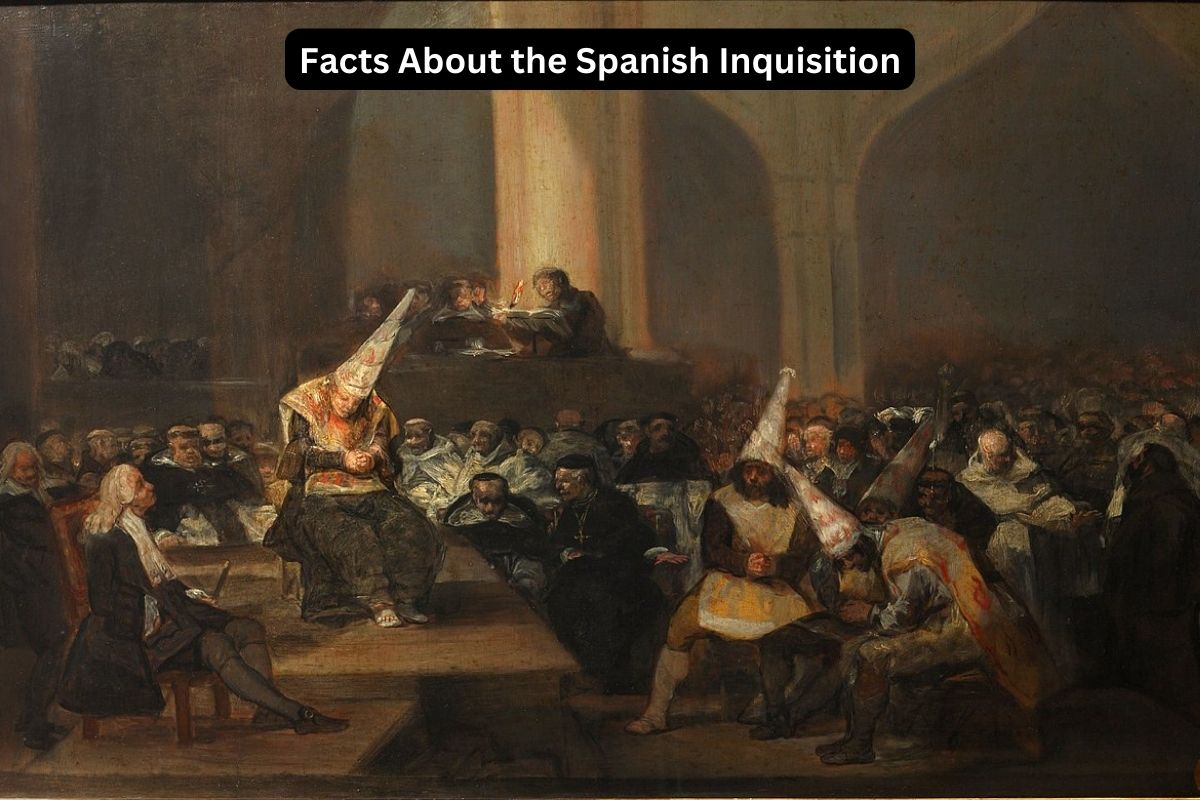In the annals of history, few institutions have evoked as much dread and fascination as the Spanish Inquisition. Spanning over three centuries, this dark chapter in Europe’s past continues to captivate the imagination and provoke scholarly inquiry.
From its establishment in 1478 by Ferdinand II of Aragon and Isabella I of Castile to its official abolition in 1834, the Spanish Inquisition left an indelible mark on Spanish society and the broader narrative of religious intolerance.
In this article, we delve into the multifaceted facets of the Spanish Inquisition, exploring its origins, methods, and enduring legacy.
Through a nuanced examination of its tribunals, persecution tactics, and cultural impact, we aim to shed light on the shadows cast by this notorious institution and understand its profound influence on the course of European history.
Spanish Inquisition Facts
1. Established in 1478 by Ferdinand II of Aragon and Isabella I of Castile
The Spanish Inquisition was established in 1478 by Ferdinand II of Aragon and Isabella I of Castile, also known as the Catholic Monarchs. They sought to strengthen their control over their newly unified kingdoms and consolidate Catholic orthodoxy.
Also Read: Timeline of the Spanish Inquisition
The Inquisition was initially proposed as a means to identify and punish conversos (Jews and Muslims who had converted to Christianity) suspected of practicing their former faiths in secret, thus posing a threat to the unity and purity of Catholic Spain.

2. Targeted Jews, Muslims, Protestants, and accused witches
While the primary targets of the Spanish Inquisition were conversos, it later expanded its scope to include other groups deemed heretical or deviant from Catholic doctrine.
This included practicing Jews, Muslims, Protestants, and individuals accused of practicing witchcraft or sorcery. The methods employed by the Inquisition were often harsh and included interrogation, torture, and public executions.
Inquisitors were granted significant authority to investigate suspected heretics, and tribunals were established across Spain to carry out these investigations and administer justice.
3. Operated through tribunals across Spain
The Spanish Inquisition operated through a network of tribunals, with each tribunal having jurisdiction over a specific geographic area.
Also Read: Moors in Spain Timeline
These tribunals were staffed by inquisitors, who were typically Dominican or Franciscan friars appointed by the Church. Inquisitors were granted broad powers to investigate, interrogate, and prosecute suspects.
The proceedings of the Inquisition were conducted in secret, with accused individuals often unaware of the specific charges against them or the identity of their accusers. This secretive and authoritarian structure contributed to the atmosphere of fear and suspicion that pervaded Spanish society during the Inquisition’s reign.
4. Used torture to extract confessions
Torture was a common tool used by the Spanish Inquisition to extract confessions from suspects. The rationale behind the use of torture was the belief that it would compel the accused to confess their alleged heresies and provide information about other supposed heretics.
Various methods of torture were employed, including waterboarding, the strappado (where victims were suspended by their wrists and then dropped), and the rack (a stretching device). These brutal tactics were often used regardless of the guilt or innocence of the accused, leading to widespread suffering and fear.

5. Conducted public ceremonies called auto-da-fé for sentencing and executions
The auto-da-fé, meaning “act of faith” in Portuguese and Spanish, was a public ceremony held by the Inquisition to pronounce judgments and carry out punishments. These ceremonies were highly theatrical events, often held in public squares or prominent locations within cities.
During an auto-da-fé, individuals convicted of heresy or other crimes against the Catholic Church were publicly sentenced, with punishments ranging from imprisonment to death. The most severe punishment was burning at the stake, which was carried out for those deemed to be impenitent heretics.
The auto-da-fé served as a means of demonstrating the power and authority of the Inquisition, as well as reinforcing the dominance of Catholic orthodoxy in Spanish society.
6. Led to the expulsion of Jews and Muslims from Spain in 1492
In addition to persecution and punishment, the Spanish Inquisition also contributed to the expulsion and forced conversion of religious minorities in Spain. In 1492, the Catholic Monarchs issued the Alhambra Decree, which mandated the expulsion of Jews from Spain unless they converted to Christianity.
Thousands of Jews chose to leave the country rather than convert, while many others converted under duress. Similarly, Muslims faced pressure to convert or leave Spain following the completion of the Reconquista, the Christian reconquest of the Iberian Peninsula.
Those who remained were often subject to suspicion and scrutiny by the Inquisition, contributing to a climate of fear and intolerance. The expulsion and forced conversion of Jews and Muslims had profound and lasting effects on the demographic, cultural, and religious landscape of Spain.

7. Lasted over three centuries, ending officially in 1834
The Spanish Inquisition lasted for over three centuries, officially ending in 1834. Despite its official end, its legacy continued to shape Spanish society and the broader perception of the Catholic Church.
The Inquisition left a lasting mark on Spain, contributing to a culture of fear, suspicion, and religious intolerance that persisted long after its abolition.
The memory of the Inquisition and its brutal methods remained embedded in the collective consciousness of Spanish society, influencing attitudes towards religious minorities and dissent for generations.
8. Carried out by Dominican and Franciscan friars as inquisitors
Inquisitors appointed by the Church played a crucial role in carrying out the operations of the Spanish Inquisition.
These inquisitors were typically members of religious orders such as the Dominicans and Franciscans and were granted extensive powers to investigate, interrogate, and prosecute suspected heretics.
Inquisitors enjoyed significant autonomy and operated with little oversight, allowing them to wield considerable authority over the lives of those accused of heresy. Their actions contributed to the widespread climate of fear and oppression that characterized the Inquisition.
9. Accusations could be made anonymously
The operations of the Spanish Inquisition were shrouded in secrecy, with accused individuals often unaware of the specific charges against them or the identity of their accusers. Accusations of heresy could be made anonymously, leading to suspicion and paranoia among the populace.
The lack of transparency and due process in the Inquisition’s proceedings further reinforced the atmosphere of fear and uncertainty, making it difficult for individuals to defend themselves against accusations of heresy.
10. Depicted in literature and art, leaving a lasting impact on culture
The fear and brutality of the Spanish Inquisition have been depicted in numerous works of literature and art, leaving a lasting impact on culture. Writers, artists, and playwrights have drawn upon the imagery of the Inquisition to explore themes of oppression, injustice, and religious fanaticism.
One famous example is the novel “The Pit and the Pendulum” by Edgar Allan Poe, which vividly portrays the horrors of the Inquisition’s torture methods. These cultural representations have helped to keep the memory of the Inquisition alive and have contributed to its enduring significance in Western history and culture.
